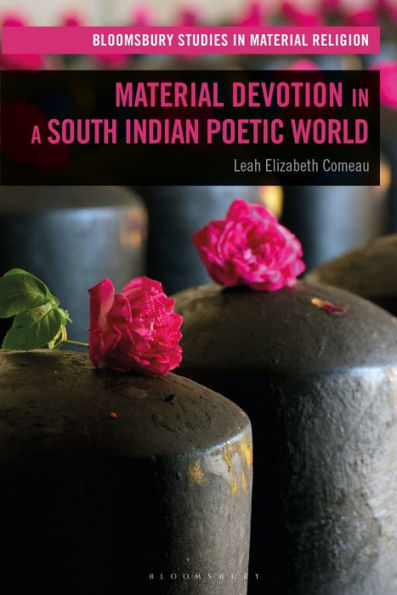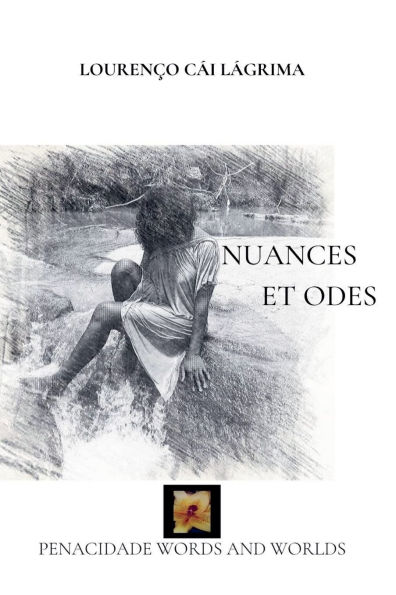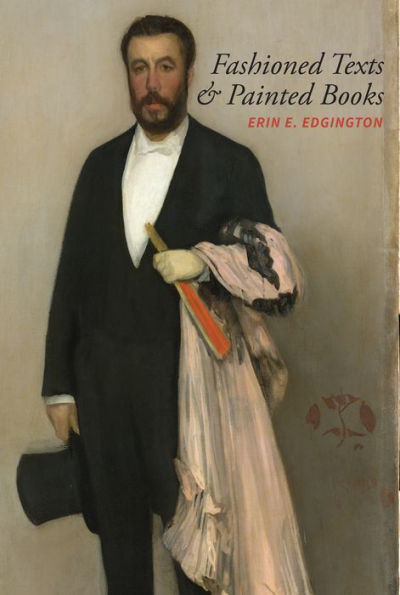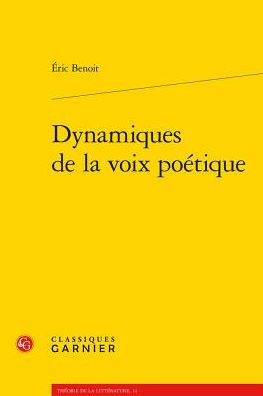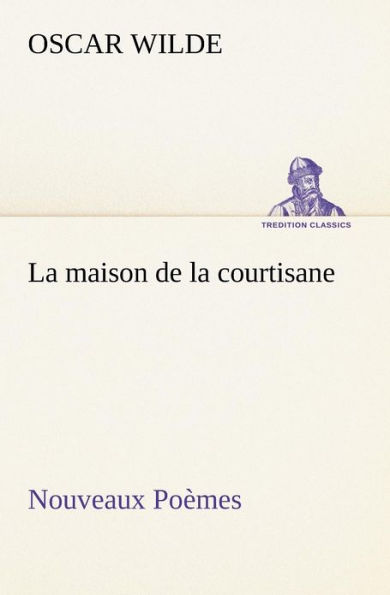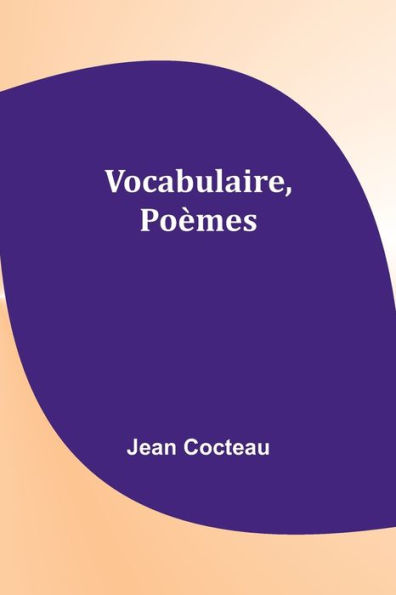Home
Dev, l'artisan-poète du 18ème siècle et la « nayika » dans le Rasavilasa »: Circulation échanges, intertextualité transformations
Barnes and Noble
Loading Inventory...
Dev, l'artisan-poète du 18ème siècle et la « nayika » dans le Rasavilasa »: Circulation échanges, intertextualité transformations in Bloomington, MN
Current price: $139.99

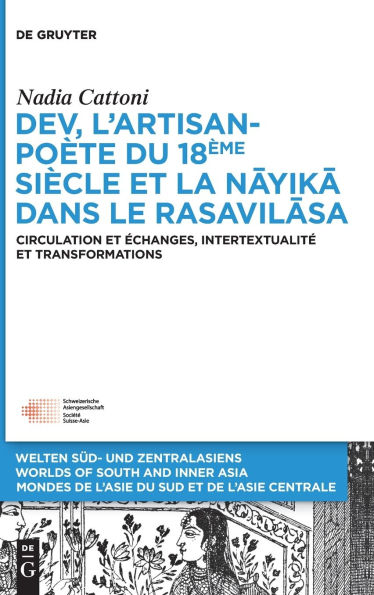
Dev, l'artisan-poète du 18ème siècle et la « nayika » dans le Rasavilasa »: Circulation échanges, intertextualité transformations in Bloomington, MN
Current price: $139.99
Loading Inventory...
Size: Hardcover
This volume looks at the
rīti
poet Dev’s works and career through the study of the socio-historical context of the first half of the 18
th
century and the analysis of the
Rasavilāsa
, a text dedicated to the description of the feminine literary figure of the
nāyikā
. The poet’s biography is examined with a new perspective and several patrons who offered their support are identified, giving a better view of Dev’s career. His status of itinerant poet is read in conjunction with the historical context and as an opportunity to make his works circulate in various circles. This compels the poet to write many texts and to recycle part of his repertoire through various processes which are examined. Assimilating the poet with a craftsman – "artisan-poète" – underlines this practical aspect to be considered for itinerant poets. At the same time and through the translation and the study of a good number of poems from the
translated for the first time, the book also shows the evolution of the
nāyikābheda
genre and the important influence exerted by other literary traditions such as Sanskrit
kāmaśāstra
s and Indo-Persian
shāhrāshob
.
rīti
poet Dev’s works and career through the study of the socio-historical context of the first half of the 18
th
century and the analysis of the
Rasavilāsa
, a text dedicated to the description of the feminine literary figure of the
nāyikā
. The poet’s biography is examined with a new perspective and several patrons who offered their support are identified, giving a better view of Dev’s career. His status of itinerant poet is read in conjunction with the historical context and as an opportunity to make his works circulate in various circles. This compels the poet to write many texts and to recycle part of his repertoire through various processes which are examined. Assimilating the poet with a craftsman – "artisan-poète" – underlines this practical aspect to be considered for itinerant poets. At the same time and through the translation and the study of a good number of poems from the
translated for the first time, the book also shows the evolution of the
nāyikābheda
genre and the important influence exerted by other literary traditions such as Sanskrit
kāmaśāstra
s and Indo-Persian
shāhrāshob
.
This volume looks at the
rīti
poet Dev’s works and career through the study of the socio-historical context of the first half of the 18
th
century and the analysis of the
Rasavilāsa
, a text dedicated to the description of the feminine literary figure of the
nāyikā
. The poet’s biography is examined with a new perspective and several patrons who offered their support are identified, giving a better view of Dev’s career. His status of itinerant poet is read in conjunction with the historical context and as an opportunity to make his works circulate in various circles. This compels the poet to write many texts and to recycle part of his repertoire through various processes which are examined. Assimilating the poet with a craftsman – "artisan-poète" – underlines this practical aspect to be considered for itinerant poets. At the same time and through the translation and the study of a good number of poems from the
translated for the first time, the book also shows the evolution of the
nāyikābheda
genre and the important influence exerted by other literary traditions such as Sanskrit
kāmaśāstra
s and Indo-Persian
shāhrāshob
.
rīti
poet Dev’s works and career through the study of the socio-historical context of the first half of the 18
th
century and the analysis of the
Rasavilāsa
, a text dedicated to the description of the feminine literary figure of the
nāyikā
. The poet’s biography is examined with a new perspective and several patrons who offered their support are identified, giving a better view of Dev’s career. His status of itinerant poet is read in conjunction with the historical context and as an opportunity to make his works circulate in various circles. This compels the poet to write many texts and to recycle part of his repertoire through various processes which are examined. Assimilating the poet with a craftsman – "artisan-poète" – underlines this practical aspect to be considered for itinerant poets. At the same time and through the translation and the study of a good number of poems from the
translated for the first time, the book also shows the evolution of the
nāyikābheda
genre and the important influence exerted by other literary traditions such as Sanskrit
kāmaśāstra
s and Indo-Persian
shāhrāshob
.

